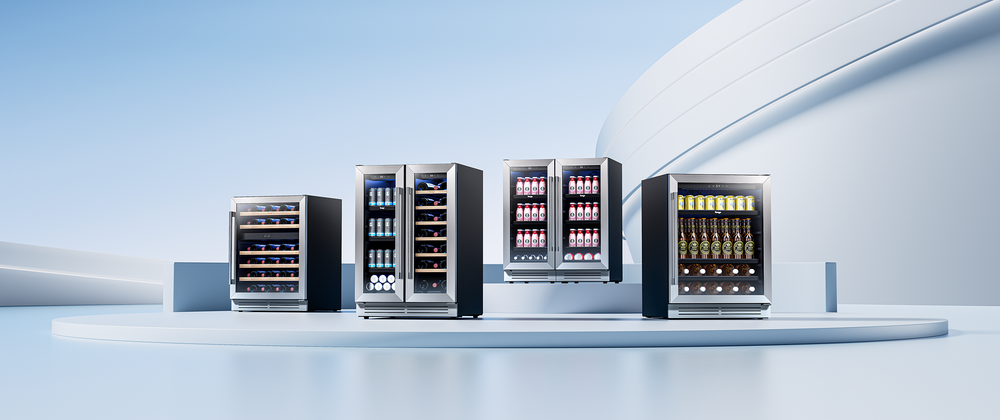Wine Alcohol Content Explained: ABV, Influencing Factors, and Quality
When evaluating a wine, alcohol level is just as important as tannins, aroma, and finish. But what exactly influences the alcohol content of wine, and does a higher or lower ABV say anything about its quality?

1. What Is Alcohol Content?
Alcohol content refers to the concentration or percentage of alcohol in a wine. In English, this is expressed as Alcohol by Volume, commonly written as ABV or abv. It represents the percentage of ethanol in the liquid when measured at 20℃.For example, 15% abv means that in 100 ml of wine, 15 ml is pure alcohol.

Different styles of wine vary greatly in alcohol content. Some sparkling wines may have as little as 5.5% abv, while certain fortified wines can reach 20% abv.Most table wines typically range from 8% to 15% abv.
2. What Factors Influence a Wine's Alcohol Content?
During fermentation, the natural sugars in grapes are converted into alcohol and carbon dioxide by yeast. So if a wine has a high alcohol level, it simply indicates that the grapes used were high in sugar.
In general, grapes grown in warm or hot climates receive more sunlight and heat, allowing them to ripen more fully and accumulate more sugar. Wines from these regions tend to have higher alcohol levels.
In cooler climates, grapes ripen more slowly and contain less sugar, resulting in wines with lower alcohol content.

Winemaking decisions also play a role. Producers can influence a wine’s final alcohol level through various techniques—for example:
- Delayed harvest allows grapes to accumulate more sugar, producing higher-alcohol wines.
- Stopping fermentation early can preserve some of the natural sugar and keep alcohol levels lower.
3. Does Alcohol Level Affect Wine Quality?
A higher alcohol level usually indicates that the grapes were very ripe and contained plenty of sugar. However, alcohol percentage alone does not determine wine quality.
Even if a wine reaches 15%–16% abv, it can still be excellent as long as its components—alcohol, acidity, tannins, and flavor concentration—are in harmony.

Ultimately, high-quality wine is all about balance. When alcohol, acidity, and flavor intensity complement each other, the wine tastes refined and cohesive, without the alcohol feeling harsh or overpowering.
4. What Does the Alcohol Level on a Wine Label Tell You?
①It helps you judge whether the wine’s alcohol level matches its style
Winemaking is a deeply traditional craft. When deciding the harvest time, winemakers rely on the estate’s established methods and stylistic preferences. Grapes are picked only when they reach the desired sugar concentration and flavor maturity. Because of this, the alcohol level of a particular style is usually consistent, falling within a familiar and expected range.
By looking at the alcohol content printed on the label, it’s possible to tell whether a wine fits the profile of its category. If it falls far outside the typical range, something unusual may have occurred.
For example, a California red wine with an alcohol level below 11%, or a Burgundy red exceeding 15%, would both be unusual and warrant closer attention.

②It can reveal whether the grapes experienced notable weather conditions or special handling during production
A wine’s alcohol level can also reflect the vineyard’s weather conditions for that particular vintage, as well as the winemaker’s response to them. Depending on the climate and the character of the vintage, winemakers may adjust the harvest date—and sometimes must pick earlier than planned to avoid incoming bad weather.
For instance, if grapes ripen very quickly during a given season and must be harvested sooner, the fruit may not accumulate enough sugar, resulting in a wine with lower alcohol.
Conversely, in a year when flavor compounds develop more slowly, a later harvest may be required, producing a wine with higher alcohol.
Whether the resulting wine achieves balance ultimately depends on the skill and judgment of the winemaker—a true test of craftsmanship.

